Rosita brings a taste of Latin America to Hong Kong
Apr 10, 2023
A visit to Rosita is more than just a dining experience; it’s an authentic taste of Latin America. Co-founder Agustin Balbi and head chef Marco A. Livoti speak to Stephenie Gee about bringing the region’s storied dining culture and cuisine to Hong Kong
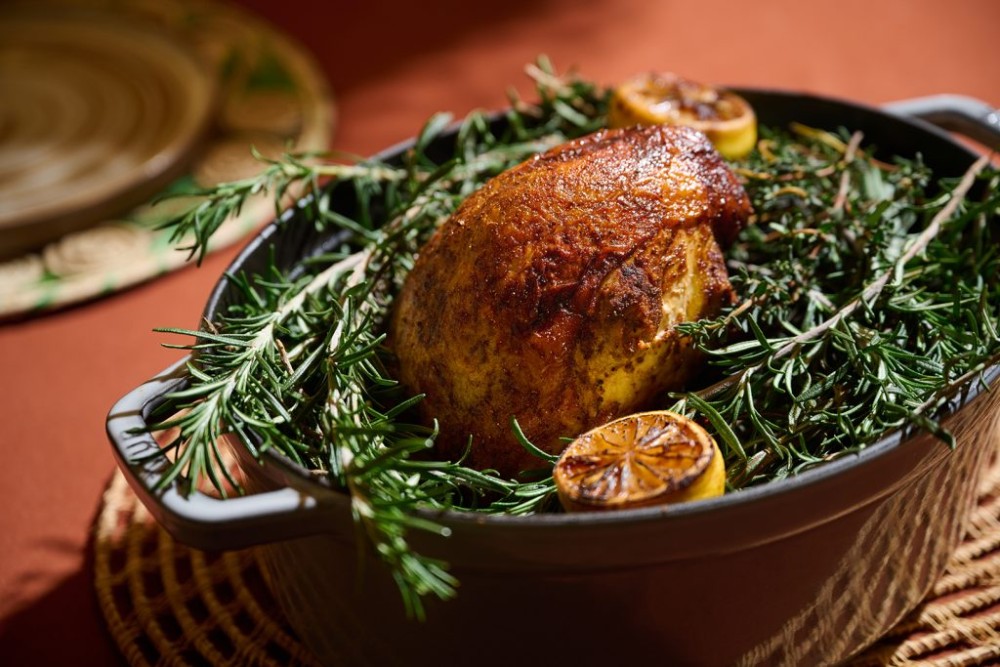
What do you get when you put together an Argentinian chef, a Venezuelan chef and an Italian chef, each with a fervent passion for their craft?
A glut of scintillating gastronomy would be an answer, of course. The ultimate melting pot, too. And then, there’s Rosita, a new Latin American concept nestled on Wan Chai’s Ship Street formed by Agustin Balbi and Ricardo Chaneton – close friends and respective chef-founders of one-Michelin-starred Andō and Mono who have earned raves for their personal expressions of their home food culture of Latin America – and headed by chef de cuisine Marco A. Livoti, a Vicenza native with Lebanese, Liberian, Armenian and Sicilian heritage.
“It was a very simple decision as we are very good friends and we both share the same vision of food,” explains Balbi via e-mail of joining forces with Chaneton to create Rosita. “And, we both wanted to do something special – something a little beyond tacos and empanadas. We wanted to bring a real experience of how it was like to eat at home back in South America. Of course, with a professional approach, but with the same feeling.”
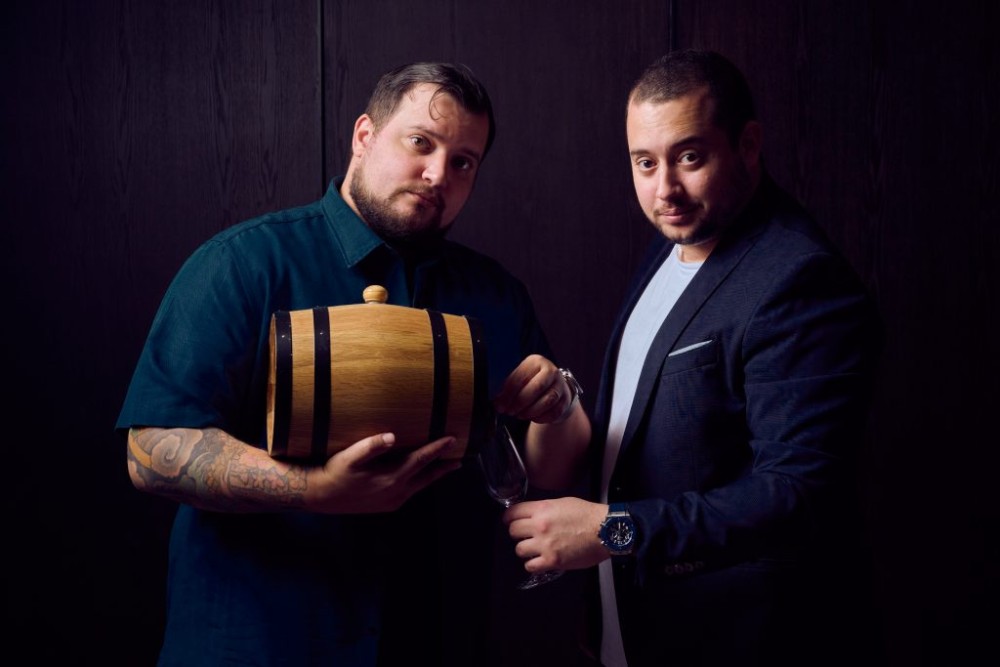
In Latin America, food is the magnet that draws and bonds families and friends together to celebrate, divulge, reminisce and console. Rosita (meaning “little flower” in Spanish – a reference to Hong Kong’s bauhinia flower as a tribute to the city in which the pair met) seeks to encapsulate this homeliness and cosiness through an interior that echoes a living room with warm woods and ochre plastered walls, and tasting menus that serve as an ode to their childhood favourites while combining Balbi’s flavours that honour his mixed heritage as an Argentinean with Italian and Spanish ancestry and his time spent in some of Tokyo’s top kitchens, with Chaneton’s contemporary French fare, which stands as a testament to his training in French cooking, injected with nuances of Latin American cuisine as a pentalingual native of Venezuela.
“The reason why Rosita has these influences is because of our background. But, also because it is part of us and we can’t avoid it as it comes natural to us,” Baldi says. Latin America (which consists of the entire continent of South America in addition to Mexico, Central America, and the islands of the Caribbean whose inhabitants speak a Romance language) is a region of glorious diversity, from its scenery – ancient ruins, tropical rainforests, vast deserts, towering icy peaks and cosmopolitan cities – to its entertainment, culture, history and, especially, food.
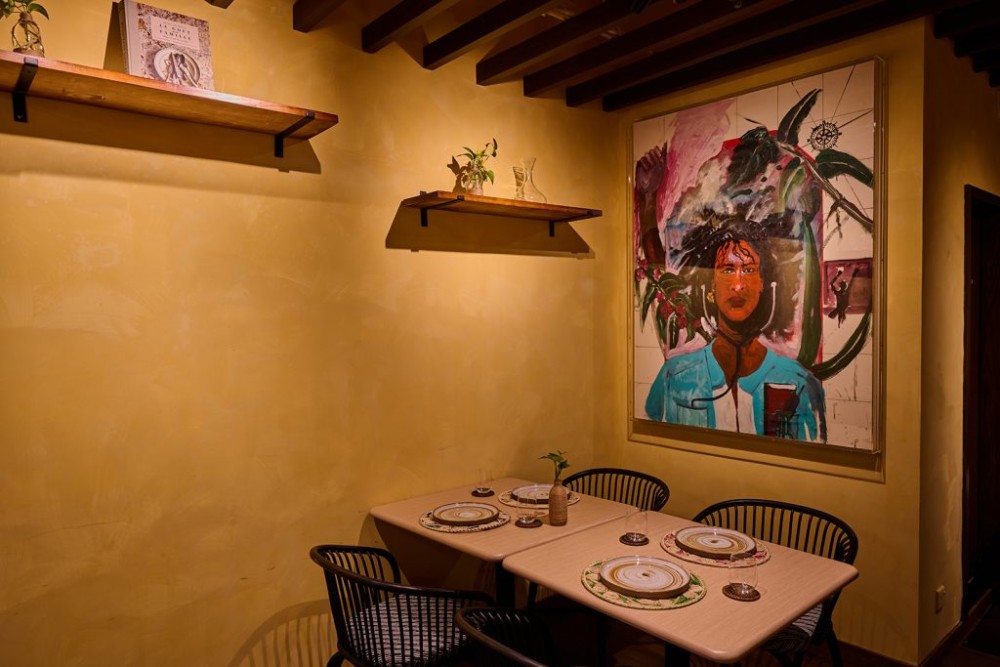
Long before Latin American cuisine became the potpourri of global influences it is today, indigenous populations developed elaborate irrigation systems and terraced the steep Andes mountain slopes to cultivate an incredible array of crops – potatoes and tomatoes originate from the Andes; maize was developed in Central Mexico; a native of South America, peanuts were used in religious rituals by the Incas; the cacao tree is endemic to the Amazon basin; and quinoa comes from the Andean territory of Peru, Bolivia, Ecuador and Colombia.
Then, with Christopher Columbus’s third voyage in 1492, the Old World (Europe, Africa and Asia) connected with the New World (the Americas), prompting an interchange of goods, produce, livestock and more between the two hemispheres (wheat, rice, citrus, chicken and cows, for example, were introduced to the New World) known today as the Columbian Exchange that sparked a revolution in the cuisine.
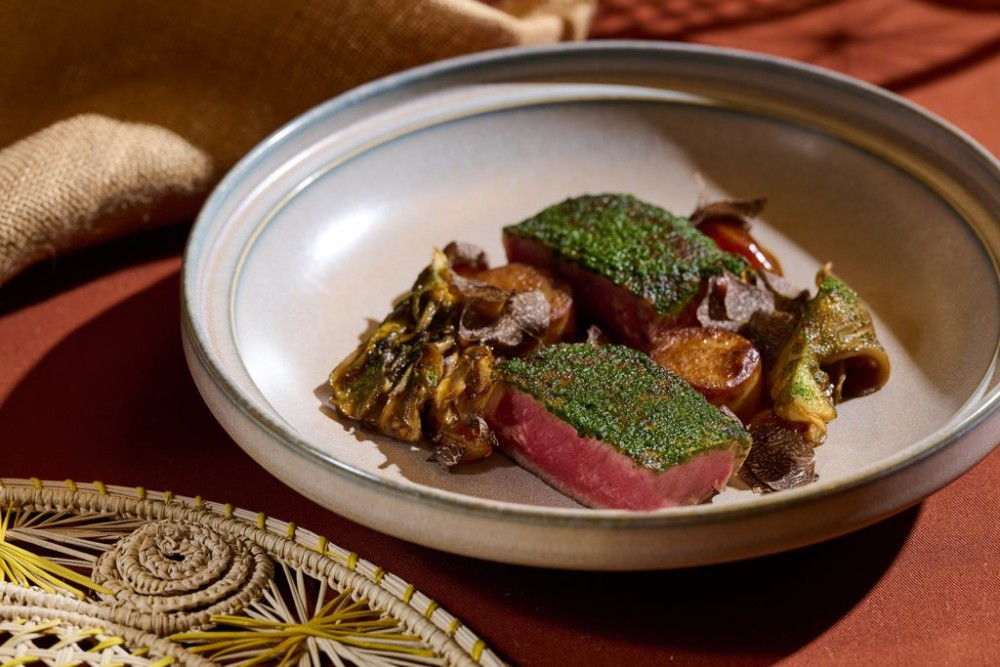
It acquired another overlay in the late 15th century, when Spanish and Portuguese conquistadors arrived in the land, bringing with them their food styles, ingredients and techniques, and in the 17th century, when other immigrants from across Europe, notably Italy, France and Germany, as well as Africa and Asia, flooded in, leading to a repertoire of new and sophisticated dishes that are loved and relished across boundaries today. For example, the Peruvian national dish, ceviche, which takes hints from Spanish and Japanese cooking traditions; bolillo, a Mexican savoury bread that draws from the French baguette; and the Argentinean derivation of the Italian ravioli, sorrentinos.
“So, to be honest, we aren’t trying hard to mix these influences in because they are already included by default,” Baldi explains. “The only thing we add, really, is our experience in fine dining to elevate the existing cuisine.” A prime example is the market ceviche – fresh- from-the-market hamachi prepared kobujime-style (an ancient Japanese technique for preserving fish by curing it between layers of konbu to infuse umami) and plump Japanese octopus are marinated in a passionfruit-based leche de tigre (“tiger’s milk”) – a bright, vegetal and slightly sweet twist on the classic marinade – that is rested for 24 hours and garnished with red onion, coriander, red and yellow bell peppers, and sweet potato cooked in syrup and chilli for a piquant kick. There’s also the three-day arroz con pollo, which features added bite and richness thanks to the Japanese rice and chicken mousse injected herb-marinated Ping Yuen chicken. Menu favourite sopa de invierno (“winter soup”), meanwhile, is a home-style slow-cooked stew with Argentinean chorizo and a local touch of baby bok choy, finished with parmesan for a savoury depth of flavour.
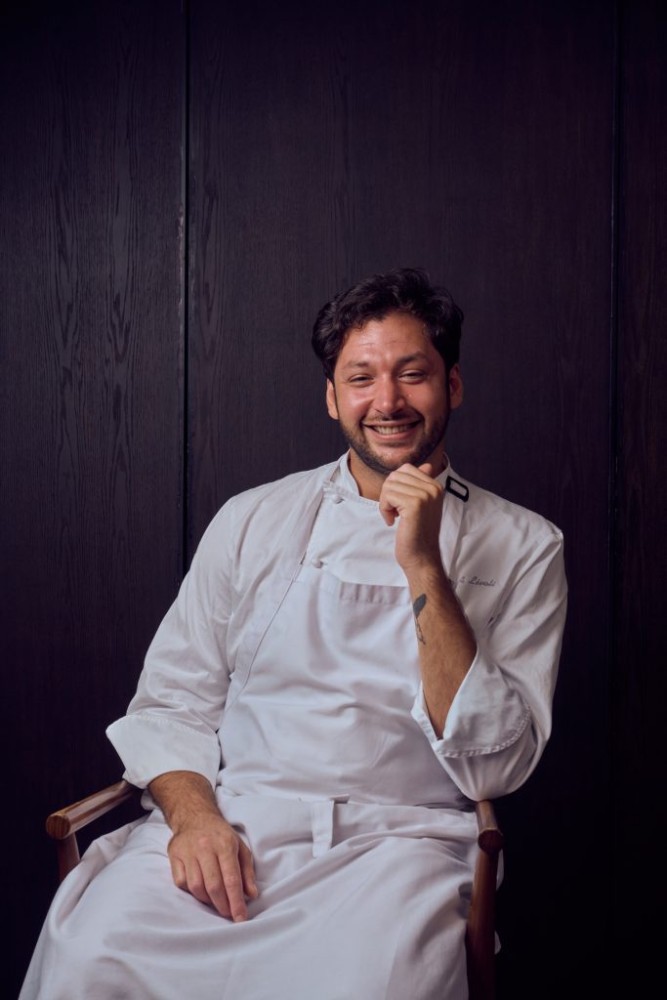
“Rosita is a place where you can relax and enjoy great food as if you’re at home and all the dishes we make reflect this concept and idea. And the perfect dish that represents this is the winter soup,” Balbi says. “Traditionally, it is called puchero, a stew made with chicken, oxtail, sausage and vegetables. Our version includes avocado, which may surprise many guests as they’ve never probably had avocado in a soup before, but it gives the soup a thick texture and deepens the flavour. We also add some bolillos (‘little balls’) made of corn flour for texture as well. It is as homey as it gets but at the same time very refined.”
Regardless of Balbi and Chaneton’s common roots, conceptualising the menu was no easy task. “The food at Rosita is made to be a casual but well-made version of what we eat at home, but since Argentina is very far away from Venezuela, trying to discover what dishes are similar between us and finding a way to make them meet in the middle and getting the ingredients we need exactly for that recipe was a really fun challenge for us when creating the menu,” Balbi says. This is where Livoti, a Sake Central alum and the mind behind cult dessert brand Holy Canolli, fits into the equation.
Also see: #legendeats: 9 F&B offerings for April
“I bring in a different angle, the foreigner optic,” says Livoti. “Because they’re from South America, they might be culturally closed in one thought but I can help to come up with some other idea that will fit the dish perfectly as I don’t have that cultural barrier. And that’s exactly why I think they chose me as their chef – to complement what already exists.” Like the guiso, a stew of sorts that is traditionally made with beef or chicken and farfalle pasta. At Rosita it’s made with succulent Canadian lobster and homemade gnocchetti pasta cooked with a melange of cherry tomatoes, carrots and radish in a French lobster bisque. The elevated texture profile lends the hearty sharing dish a level of refinement that is consistent throughout the menu.
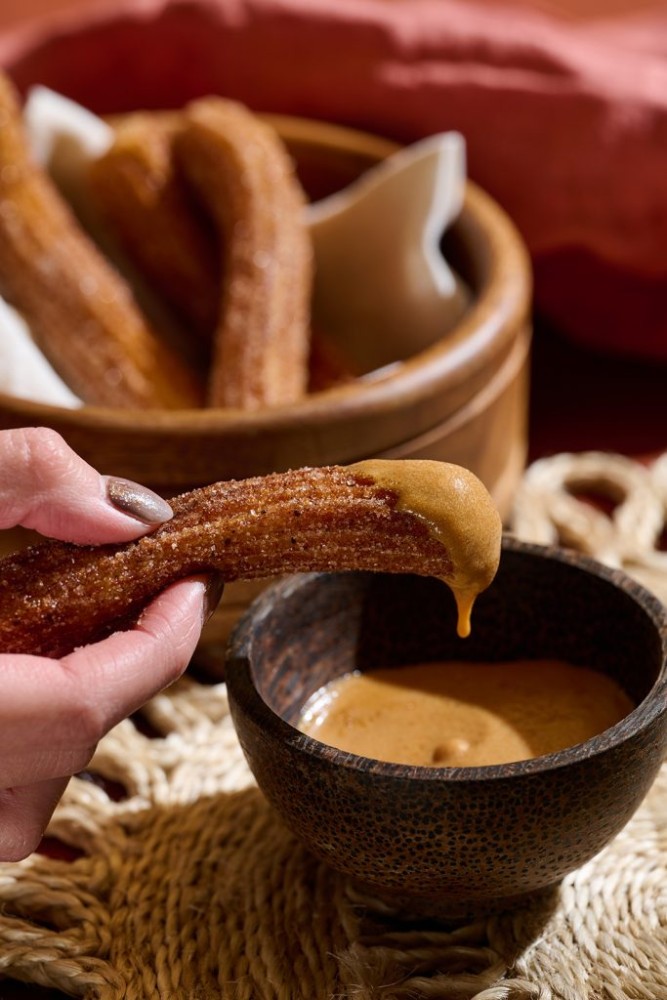
“It’s very fun but also a constant challenge,” Livoti says of working with Balbi and Chaneton. “Having the support of these big chefs and at the same time learning how they think and their understanding of food is very inspiring, but it isn’t easy as they are very passionate about what they do. They don’t stop – they look at every detail and have a constant improving spirit – and that energy is very contagious. Also, they give me the freedom to create dishes. We’ll taste them together and they’ll later add their cultural approach and together we come up with a great dish at the end. It’s a very enriching experience.”
The pursuit of refinement extends beyond the cuisine to every other detail of Rosita, too. Service is cordial and polished. The wine selection, which leans heavily towards Latin American producers, is ever- changing to allow for a sense of the new. And wine pairings that highlight labels with distinctive flavour profiles are specially curated to elevate guests’ experience. “Even though the restaurant is meant to be casual, the mentality is fine-dining 100%,” says Livoti. “[Balbi and Chaneton] look at every detail, from the cooking, which has to be perfect, to the seasoning and ingredients we source. Every action that happens backstage is also taken with great care and in the same approach as it is at Andō and Mono, just that the experience we want to create is different in terms of ambience.”
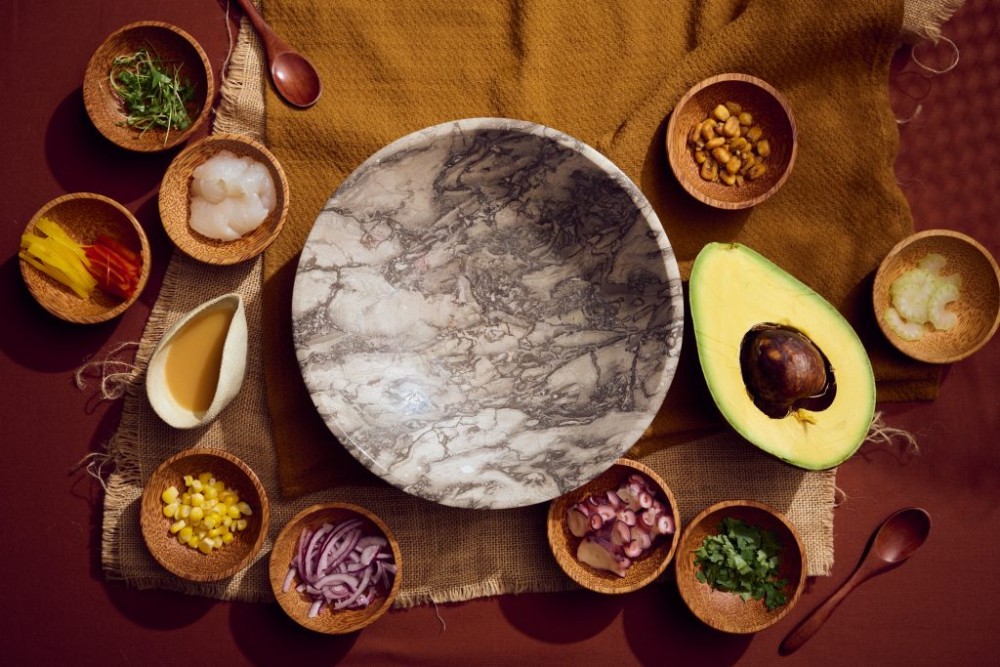
Nevertheless, it is one that is certainly worthwhile. Balbi says, “We really hope to achieve lots of happy guests after their visit to Rosita and for them to experience a different take on Latin American food – there is so much more to showcase than tacos and empanadas and there is also so much to be shown here at Rosita. But definitely, we also want to share who we really are through food from our childhood in our new home away from home.”
Also see: Five Easter brunches in Hong Kong





























